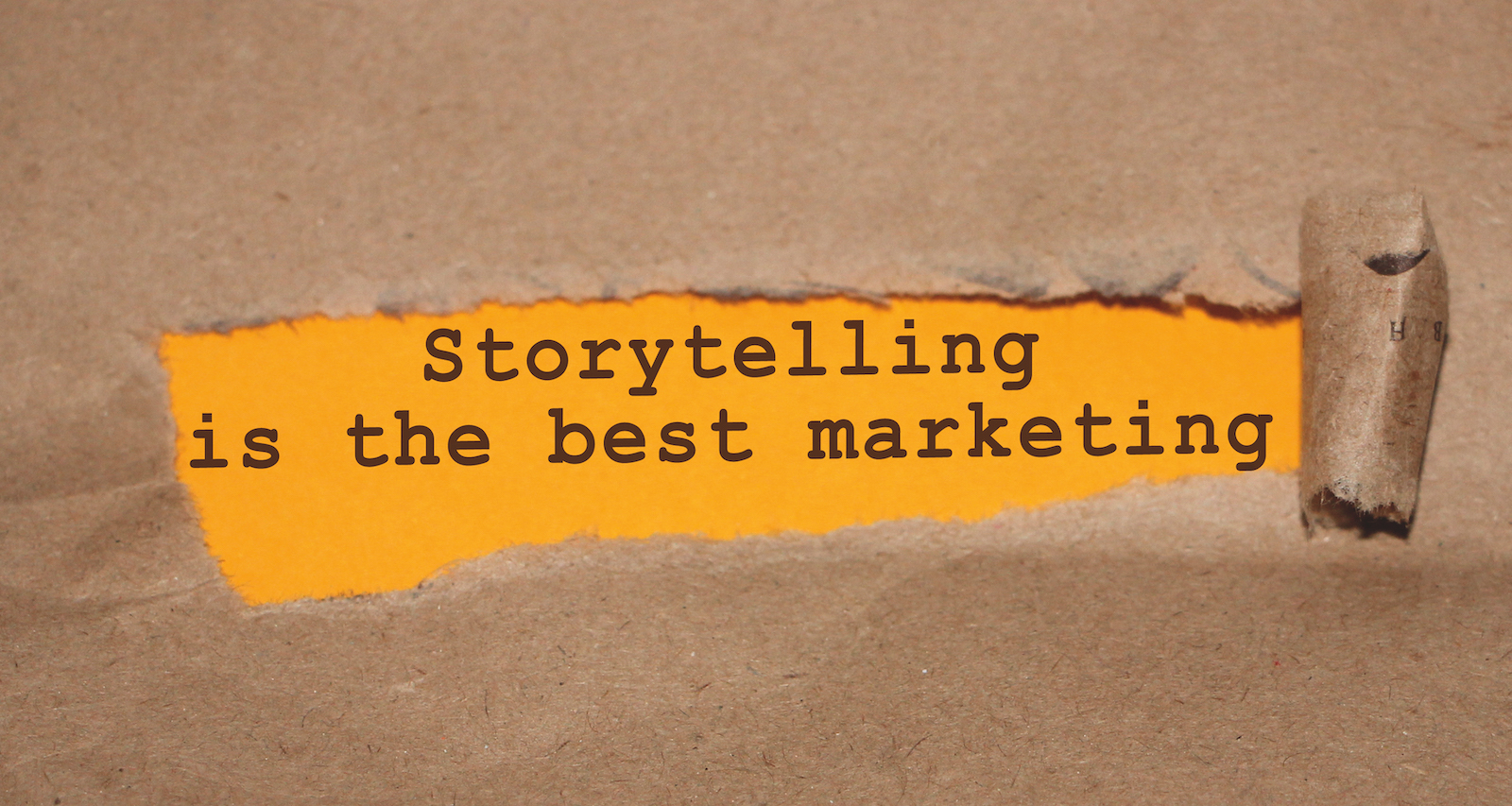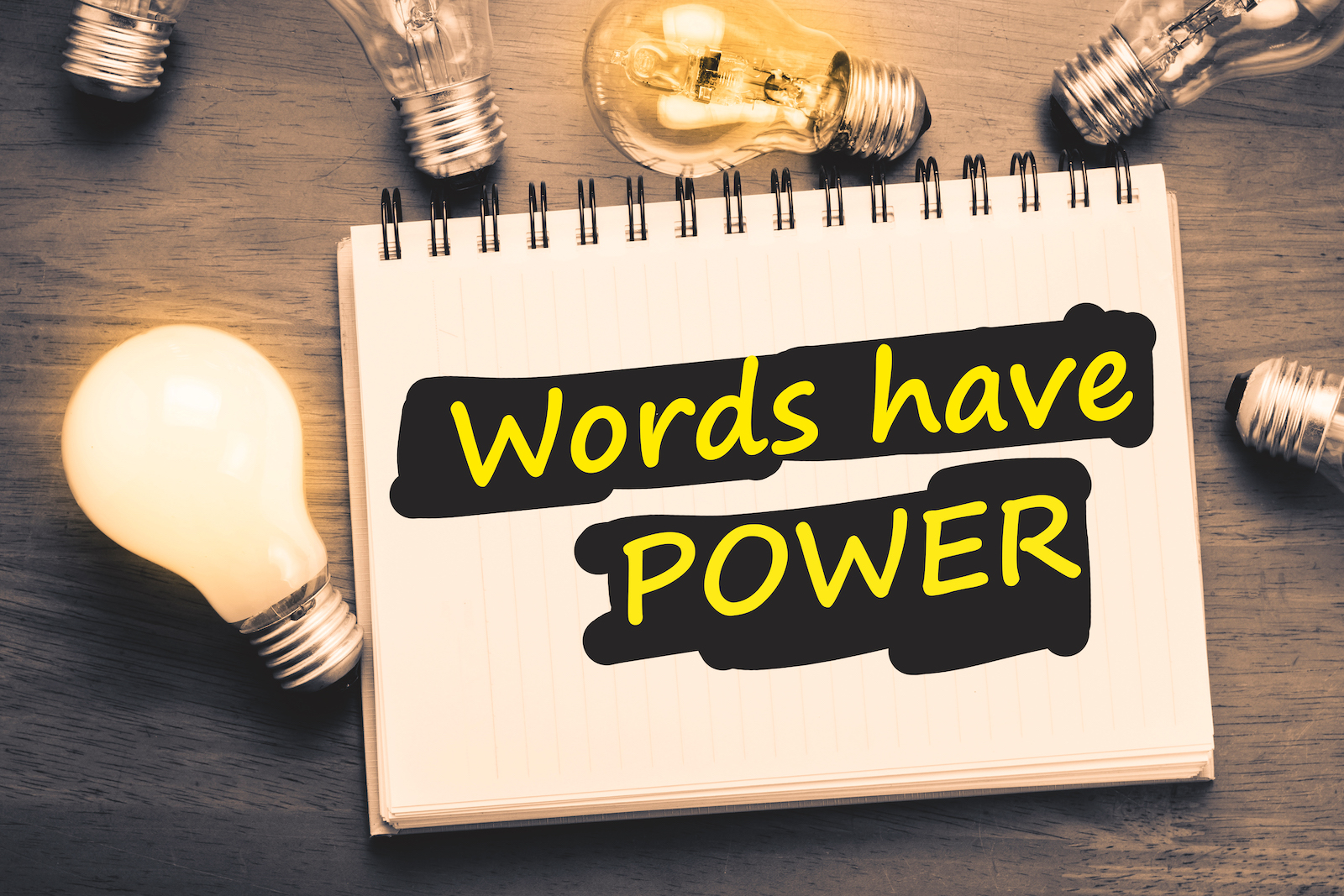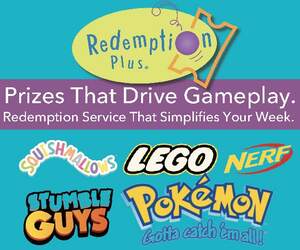7 Elements to Boost Response
Over the next few issues, IBI will highlight the seven elements of creating killer messages that produce results. All seven elements will be on IBI's new website, which is launching in January 2022, for reference.
This month's marketing lesson goes something like this, “It's not your offer. It's your marketing message.” Proprietors know their business, have a good feel for what their customers might like, and have plenty of creative ideas to attract people to their businesses. In most cases when operators talk one-to-one with a prospective customer, they knock it out of the park; it's easy to talk to someone about why they should sign up for a league, tournament, or participate in a special bowling event. Operators are passionate about their business and, in general, are usually good at “selling” the opportunity to whoever will listen.
Being in the industry for a long time, I've heard countless stories of why a specific offer or promotion didn't work in a center's operation. As I found out more information about the marketing approach used, it became clear where and why things went askew. Commonly it wasn't the offer, it was the marketing message.
Question:
So, where's the disconnect between selling someone verbally versus sending a message via email, social media, print, or other outlets?
Answer:
Most people aren't experienced in crafting a marketing message that sells across all media platforms.
This is a common problem that affects businesspeople of all sorts, not just bowling or recreational industries; it happens across all industries. Knowing how to construct a marketing message that will garner optimal response is dicey. It's a craft, an art, and one for which sales copywriters charge a substantial amount of money. While I'm not a professional copywriter, I've followed some of the top ones, consulted with them, and used them in other parts of my business. From all of that, I've created the top elements that should be conveyed in your marketing offers and messages. Well- built offers deserve well-built messages.
ELEMENT #1 Headlines
First and foremost, as a marketer, you should understand the importance and difficulty of standing out in today's chaotic world. Every day, consumers are exposed to hundreds- perhaps thousands- of emails, text messages, social media posts, radio and TV commercials, phone calls, mailers, ads, and more.
It is a monumental task to grab people's attention. If you can't capture their attention, you won't have the opportunity to engage them further, since you only have mere seconds to stand out from the crowd. Strong, captivating headlines are a reader's starting point; write to stop them in their tracks.
An appealing headline provides an opportunity to engage your target market and hopefully pique their interest. A weak headline can be a dead-end to the rest of your message; no matter how good the rest of the offer is, if attention is lost up front, they will not give you the time of day.

What makes a good headline?
A good marketing headline convinces the targeted consumer to continue reading and consider your offer. A strong marketing headline spells out in a few words why the consumer might find it to their benefit to continue reading more of your marketing message.
Headlines are a hot topic in the marketing world! Top marketers frequently debate with other colleagues in their company about what might be the most effective headline for a particular promotion. These folks often “test” headline ideas by asking others in their company who match the target audience which headlines gain their interest the most. Great headlines are designed to suggest that your product or service will bring the consumer happiness, solve a problem, or do both. To fine-tune headlines, even more, savvy marketers may test two different headlines to see which pulls greater. I've used this myself and it can be eye-opening which headlines prove more effective.
Sub-Headlines Are Key
Sub-headlines are headlines inserted throughout the story that help move the reader along. Sub-heads highlight the main benefits of the offer and are designed to maintain the reader's attention. Today's consumers have short attention spans so sub-heads can be your savior.
Without much consideration and debate, your headlines may be falling flat. Whichever way you send your message, if you aren't taking headlines seriously, your offers will most likely end up underperforming.
Remember, headlines and sub-headlines have the job of gaining your target market's attention and thereby keeping your marketing message alive when in front of a consumer.
ELEMENT #2 The Body Copy - Your Story
Think of your body copy as a story. It's your pitch to convince someone to come in and enjoy what you have to offer. You must connect with them, hit their trigger points, and make them want what you have. Your story should explain in more detail how you are going to deliver on what your headline promised. As I referred to earlier, try to make your message “talk in copy,” meaning write the way you might talk in person to a prospect.
An Example
Consider this: you wouldn't talk to someone highlighting only the features of your offer, i.e.: women bowling on Wednesdays, 6 p.m., $12.95. Instead, you are more likely to talk about the fun and laughs a group of women has, mentioning that some of them join by themselves and make new friends, but others bring in their own group of people. They play fun music, enjoy weekly drink specials, and sometimes extend the night in the bar afterward. You might share that they are of different ages, but all like to have a good time on a girl's night out. Now, these are the benefits of what you are offering, not the features. Benefits sell, features tell.
While a flyer announcing a tournament presented to a high-frequency league bowler might be able to produce decent results just by spelling out features through bullet points, most offers need a story that talks about a variety of benefits that is offered to the prospect. In marketing circles, there is a saying, “Short tells while longer copy sells.” This is true if your copy is not boring. As I mentioned earlier, one-to-one selling is powerful and effective. Blending the folksy, friendly talk that you use in conversation into the rest of your marketing avenues can be a challenge but will pay big dividends.
Final note: Weak marketing efforts produce weak results at best. Many good ideas, promotions, or even well-proven programs fail or are dismissed as an idea that “doesn't work at a particular center” because the marketing messages failed - not the offer itself. Keep working on this skill, gather your team's opinions, tweak your messages, and be patient; your proficiency will progress over time.




